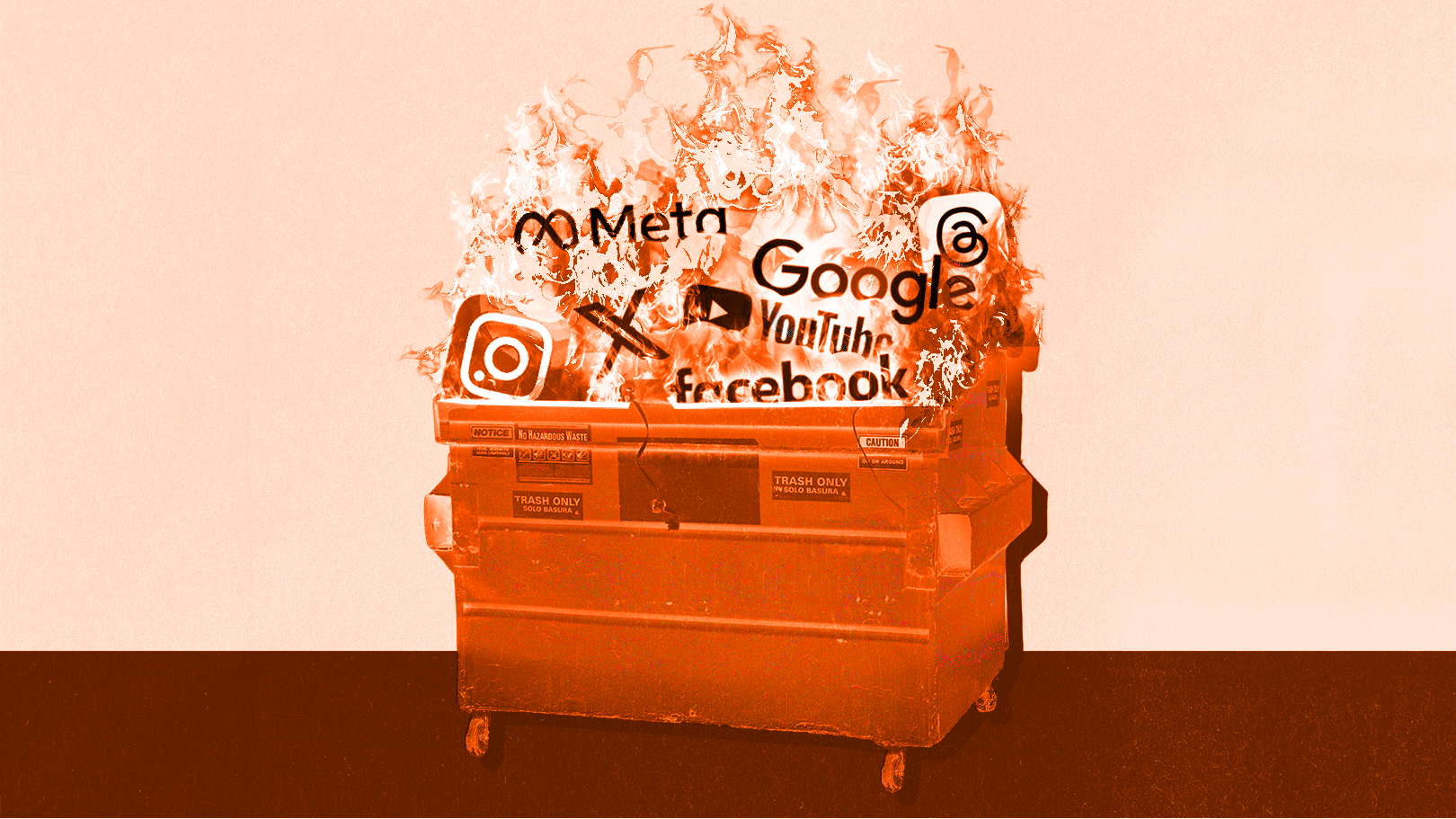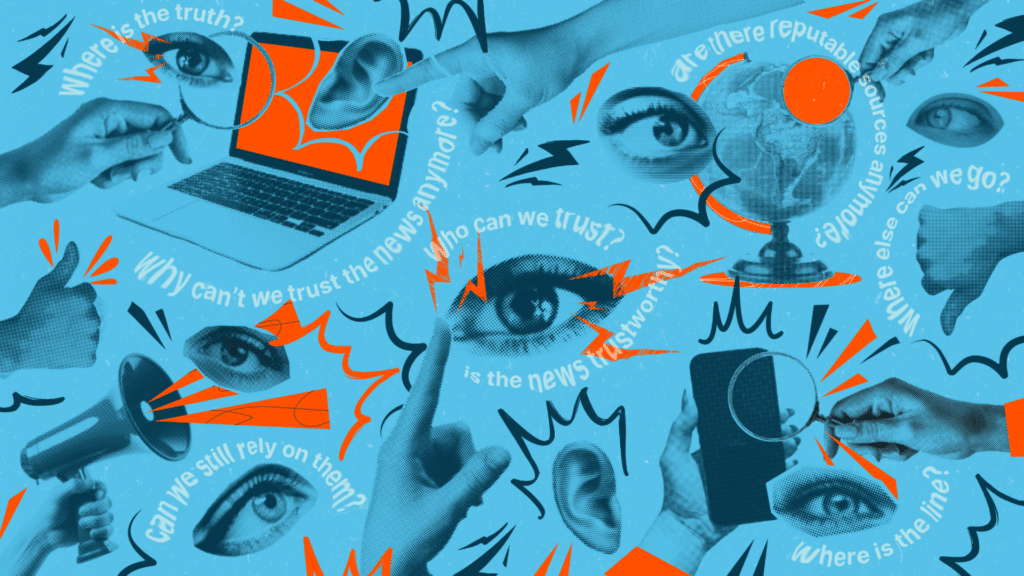Nonprofits are right to be cautious about social media
Our nonprofit partners are outspoken champions for social justice and community health. They’ve spent years cultivating loyal followings on social media, where they speak out against injustice, inform followers of their legal rights, combat hate speech with affirming content and encourage followers to participate in our democracy.
Increasingly, these changemakers now tell us they’re afraid of being shadow-banned or kicked off social media for sharing content that upholds their values.
If you share this fear — you’re right to be suspicious. Meta, X and Google’s recent decisions show that they care about protecting their wealth, not their users. They have spent months cozying up to Trump, even as the administration relentlessly moves to censor facts, squash free speech and threaten nonprofits.
So if your organization stands for justice, now is the time to explore alternatives to Facebook, Instagram, Threads, YouTube and X.
Don’t wait for a crisis to arrive
Your social media followers are your donors. They’re the people who rely on you for services and information. They’re your partners. Losing social media access could mean losing them, if you let it catch you unprepared.
Right now, while the threat of being shadow-banned or booted from social media is still just a threat, take the time to answer these key questions:
- What aspects of our content put us at risk for censorship?
- Which of our key audiences follow us on social media?
- How will we let followers know if we lose access to social media?
- What will we say to our followers?
- Where else can we connect with them?
That last question is the most valuable — because it’s one you can address immediately.
Putting in the effort now to show up beyond the usual social media channels ensures that you can safeguard the connections you’ve worked so hard to build. And you’ll be bringing your community to spaces that may be even more private and secure.
Try these on for size
- Bring social media followers to a channel you own
- Start a list-building campaign to get social media followers to sign up for your emails or texts. You can’t be shadow-banned on your own channels.
- Encrypt your live digital events to help your content avoid scrutiny
- Instead of live streaming on Instagram or YouTube, hold live events on Zoom. You will have multiple layers of security, from requiring an RSVP and passcode to end-to-end encryption. As an added benefit, this can be a safer alternative for some groups from communities who are often the target of violence and have expressed concern about gathering in person, such as immigrant and Black communities.
- Try different and private messaging apps for community organizing
- Discord and Signal are popular, free tools that can help you stay in direct contact with your community. Signal is the safest option because it features end-to-end encryption for direct messages and calls, but Discord is more efficient for communicating with large groups.
- Now, you may be asking, “What about WhatsApp?” We recommend caution. While appealing for its large user base and end-to-end encryption, WhatsApp is owned by Meta, so we can’t confidently recommend it as a secure alternative.
- Do more offline
- We’re primarily focused on digital community building in this post, but if your community feels safe gathering in person, don’t underestimate the value of face-to-face interaction. The numbers of people who show up may be fewer, but the connections you make are almost certainly deeper.
Share your thoughts
The state of social media is changing every day, and these are just a few options that might work for your organization. Let us know — where else do you turn for safer community-building?






